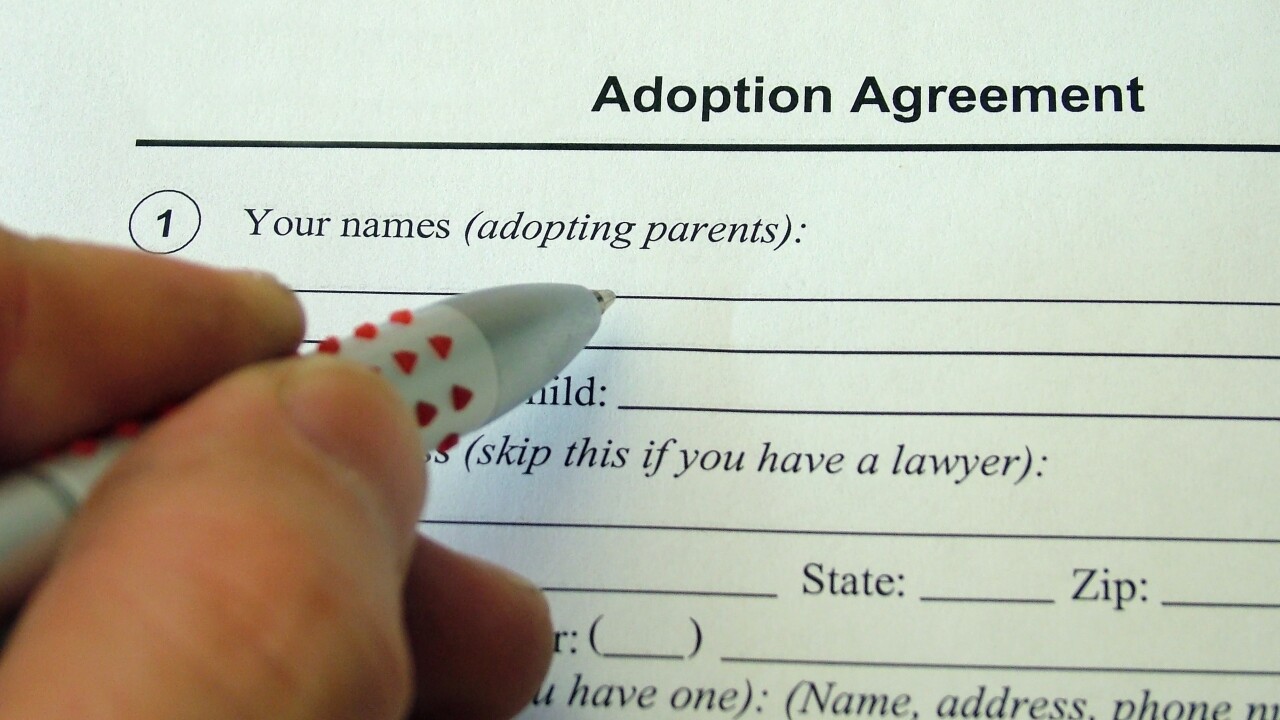The Treasury Department and the Internal Revenue Service released
The tax credits, also known as the "technology-neutral credits," aim to reduce energy costs and meet growing demand created by major investments in the U.S. economy.
To receive the full value of the credits, taxpayers need to meet standards for paying prevailing wages and employing registered apprentices, helping ensure more clean energy jobs are good-paying jobs, and growing career opportunities for workers in the clean energy sector. The technology-neutral Clean Electricity Production and Investment Tax Credits are also eligible for bonus credits related to siting projects in energy communities and meeting certain standards for using domestic content.
According to an
The final rules issued Tuesday provide more clarity and certainty about which clean electricity zero-emissions technologies qualify for the credits, including wind, solar, hydropower, marine and hydrokinetic, geothermal, nuclear, and certain waste energy recovery property. The Treasury and the IRS expect to soon release the first Annual Table confirming this list of qualifying technologies. The final rules also include guidance to clarify how combustion and gasification technologies can qualify in the future, including on how lifecycle analysis assessments compliant with the statute will be conducted.
"The final rules issued today will help ensure America's clean energy investment boom continues – driving down utility costs for American families and small businesses, creating good-paying construction jobs, and strengthening energy security by making the U.S. more resistant to price shocks," said Treasury Secretary Janet L. Yellen in a statement.
However, the new rules face pushback from the incoming Trump administration, with President-elect Trump saying Tuesday, "We're going to try and have a policy where no windmills are being built."






